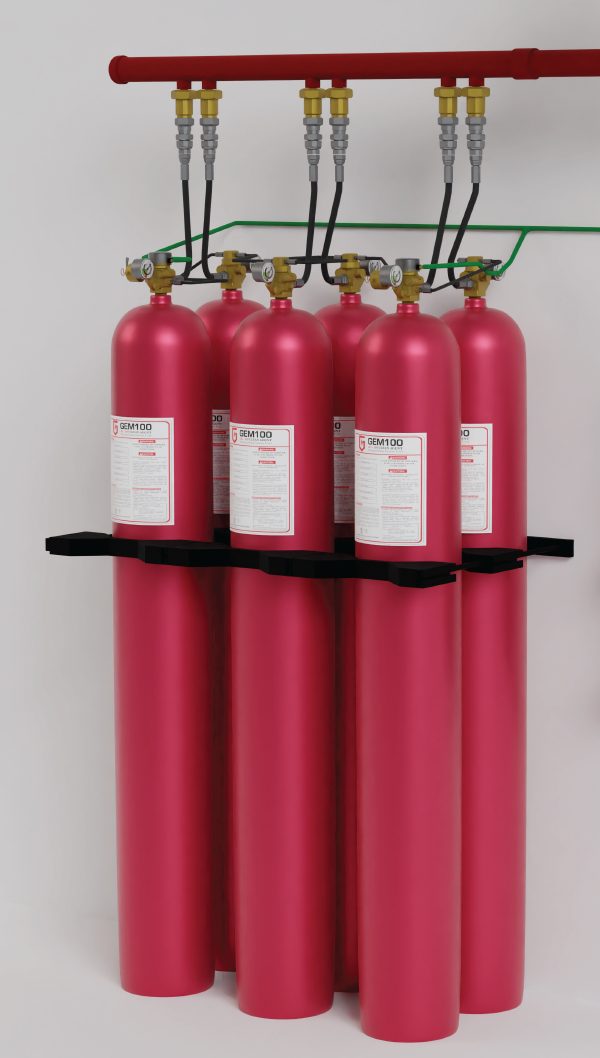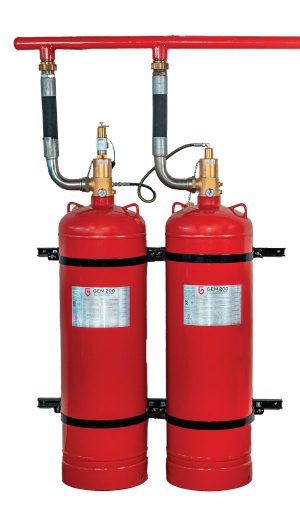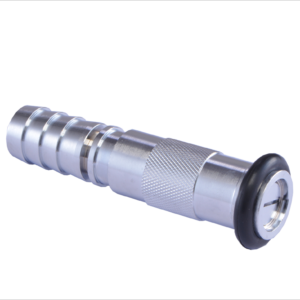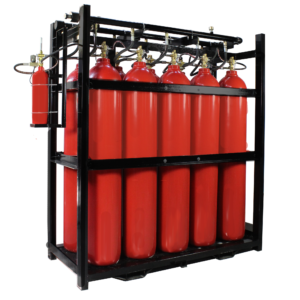What is IG-100?
The IG-100 fire suppression system utilizes an inert gas called IG-100 or ProInert™ IG-100.
IG-100 consists of pure nitrogen, which makes up 78% of the earth’s atmosphere. This gas is non-toxic, colorless, odorless, and does not support combustion. It has a density similar to that of air, allowing it to effectively displace oxygen and suppress fires. The IG100 gas system is designed to protect valuable assets and ensure safety conditions in occupied areas across various industries.
What is the difference between IG-541 and IG-100?
IG-541 is a blend of nitrogen, argon, and carbon dioxide (CO2). It contains 52% nitrogen, 40% argon, and 8% CO2. The addition of CO2 enhances its fire suppression capabilities.
On the other hand, IG-100 inert gas is composed of pure nitrogen. It does not contain any additional gases like argon or CO2.
Both IG-541 and IG-100 are used in inert gas fire suppression systems to reduce the oxygen concentration and suppress fires. However, the presence of argon and CO2 in IG-541 provides it with specific fire suppression properties that differentiate it from IG-100.
IG-100 Inert Gas Specific Use Cases for Industries
The IG-100 system is highly effective in:
- Offices & Telecommunications Rooms: Protects sensitive electronic equipment without causing damage.
- Museums & Art Galleries: Preserve valuable artifacts by providing residue-free extinguishing.
- Data Centers & Computer Rooms: Safeguards critical IT infrastructure from fire risks while maintaining operational integrity.
- Hospitals & Laboratories: Ensures safety and cleanliness in environments requiring minimal disruption during emergencies.
What is the specific volume of IG-100?
The specific volume of IG-100, which consists entirely of nitrogen, is 0.858 m³/kg at 1.013 bar and 20°C. This value is crucial for designing fire suppression systems, as IG-100 remains in a gaseous state and does not liquefy under these conditions. Accurate knowledge of this specific volume ensures effective and precise agent usage in fire protection systems.
What is the density of IG-100?
IG-100 inert gas is a colorless, odorless, and electrically non-conductive gas with a density similar to air. Composed of 100% Nitrogen, it acts as an inert gas, effectively displacing oxygen without leaving residues.




